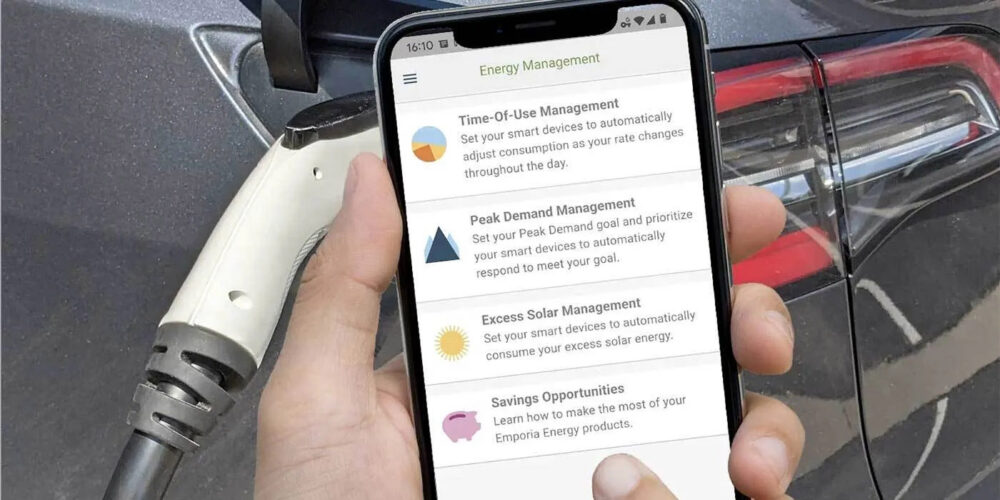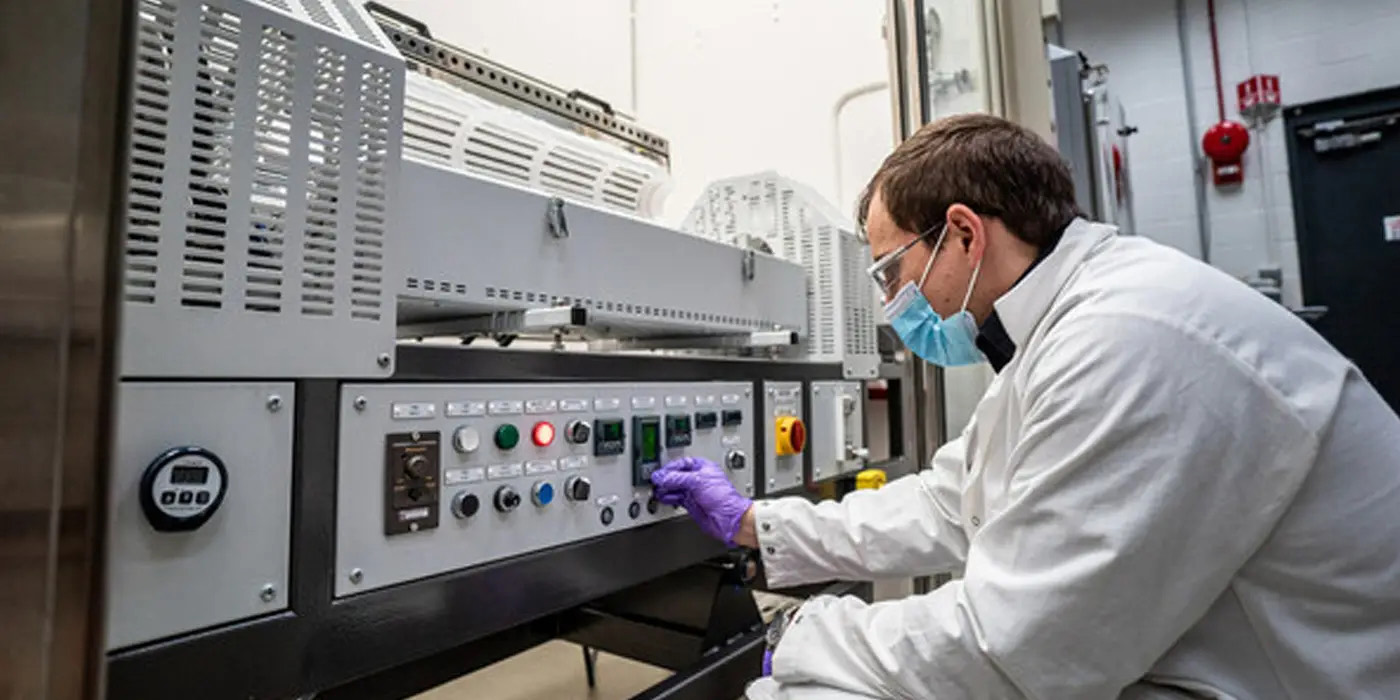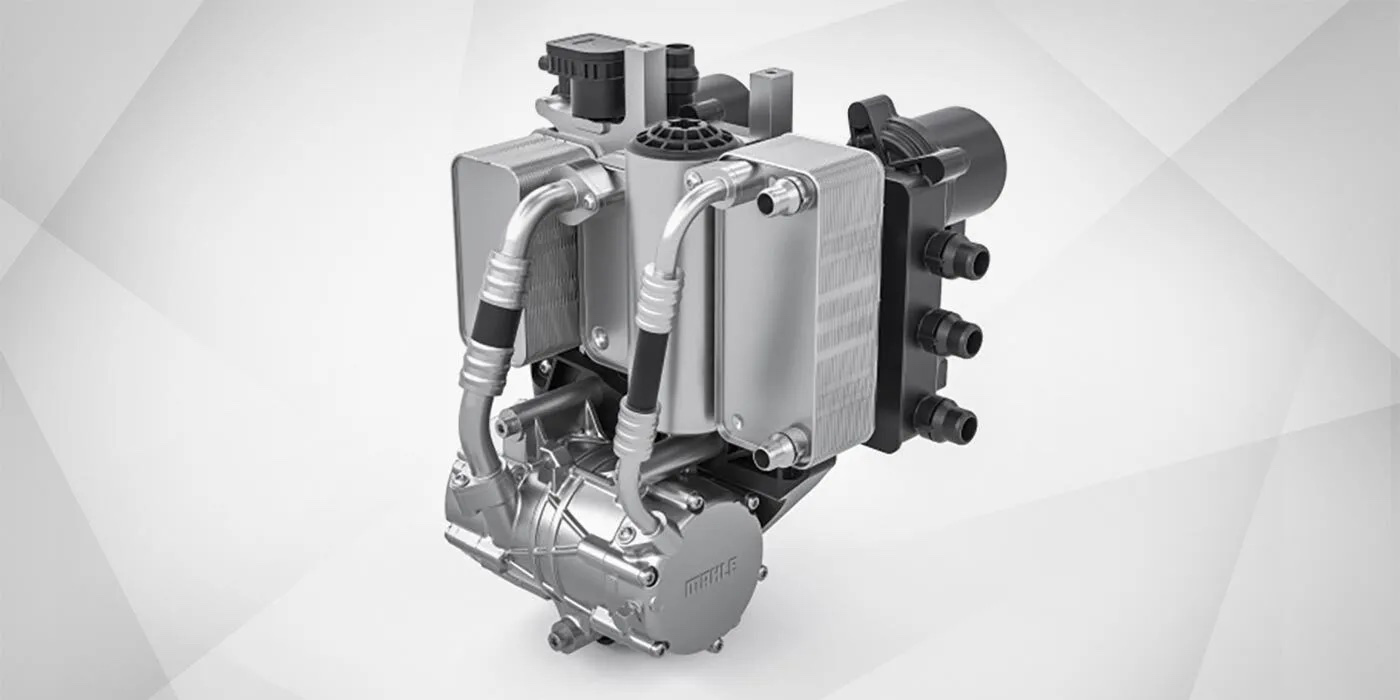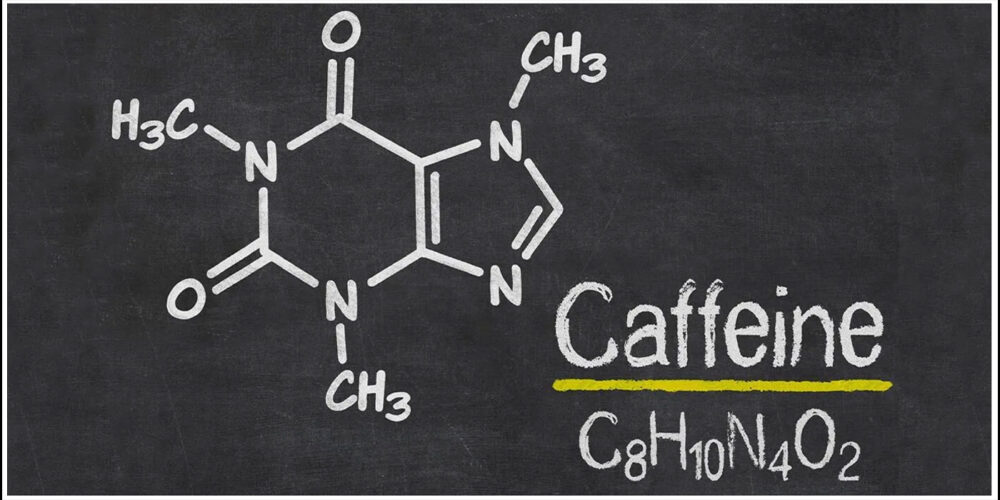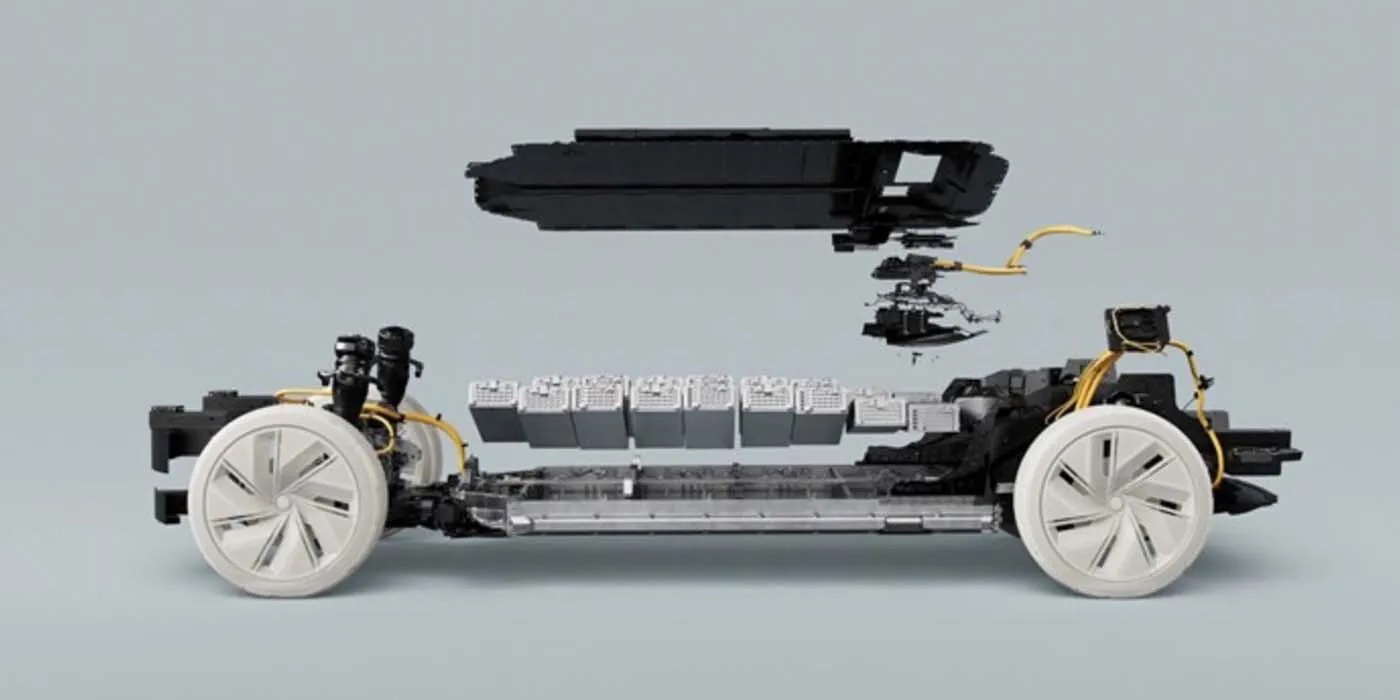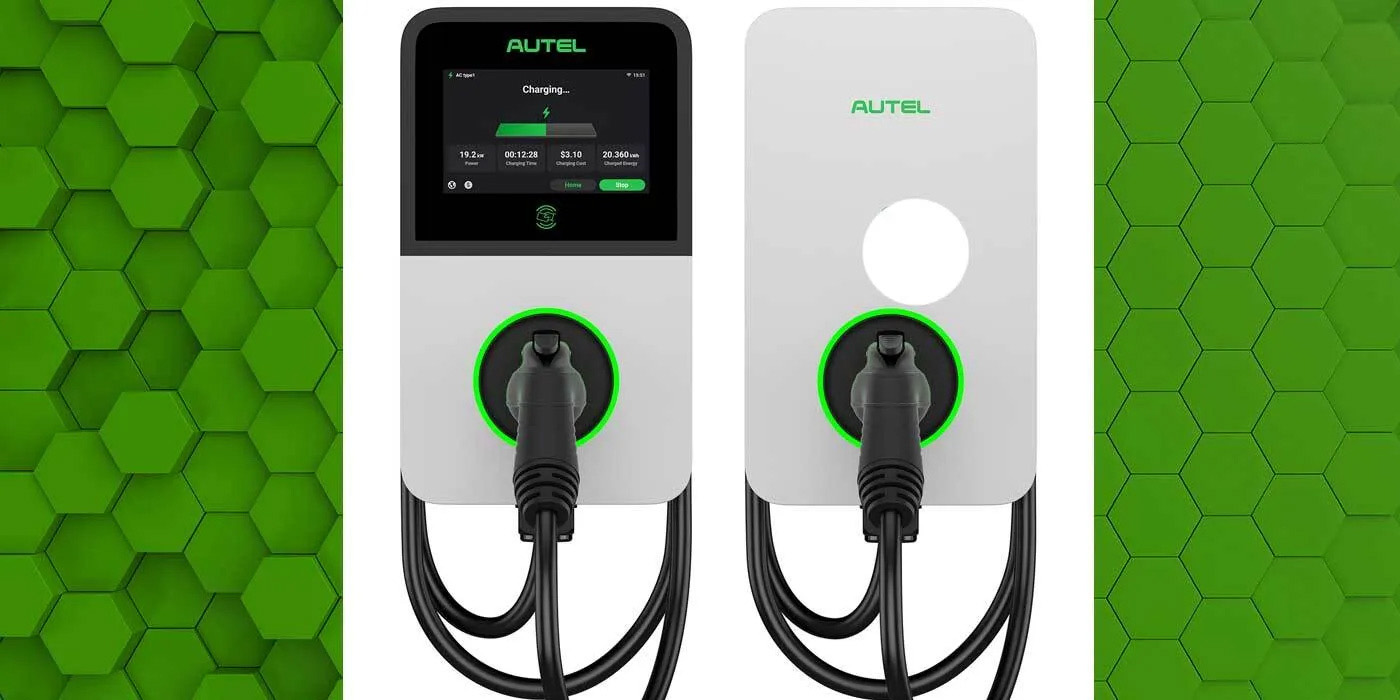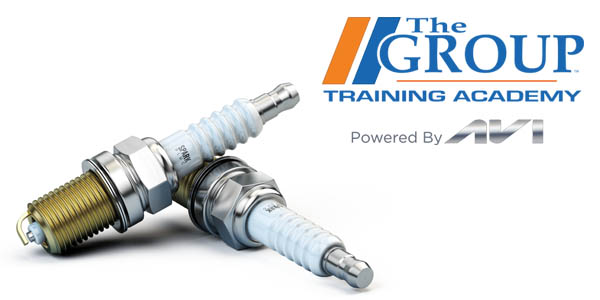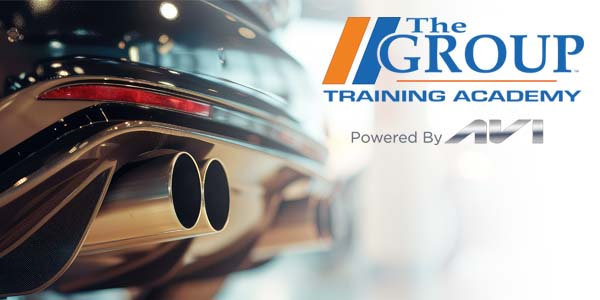Emporia recently released its new NACS Level 2 EV Charger. The company said this charger combines functionality comparable to a Tesla charger, with the added benefit of working with the Emporia Home Energy Management System.
According to Emporia, one standout feature of the Emporia NACS Level 2 Charger is its compatibility with the Tesla charge port door, allowing users to open the door via the button on the connector. Additionally, the charger includes a wall-mounted holster for cable storage, enabling closer installation to the EV port for a more streamlined charging experience.
“This is a very exciting time in the EV charging industry,” said Shawn McLaughlin, chief executive officer, Emporia. “As one of the first manufacturers to market with the NACS version charger since Tesla published the specification, Emporia is at the forefront of providing cutting-edge solutions. Most car manufacturers have announced they will adopt this standard within the next 2-3 years.”
Users can manage the charger through Emporia’s mobile app, enabling them to customize charging settings, monitor progress and manage schedules remotely. Moreover, the Emporia NACS Level 2 Charger integrates with the Emporia energy management ecosystem. By utilizing the ecosystem, Emporia said users can automate energy usage, charge during optimal off-peak hours and prioritize the use of excess solar power for charging their EVs.
Emporia also recently launched an installation marketplace that offers free estimates based on the client’s location, partnerships with vetted, top-tier installers and exclusive pricing.

